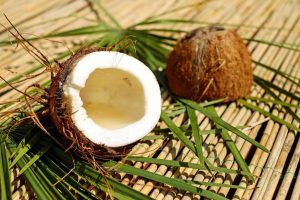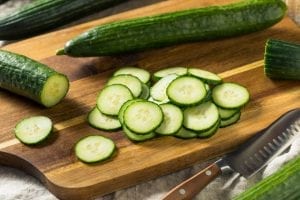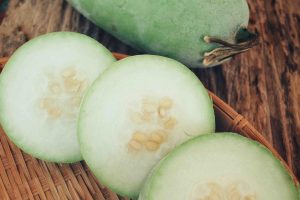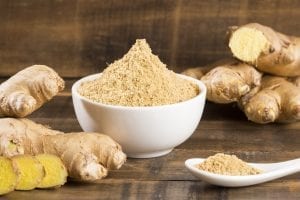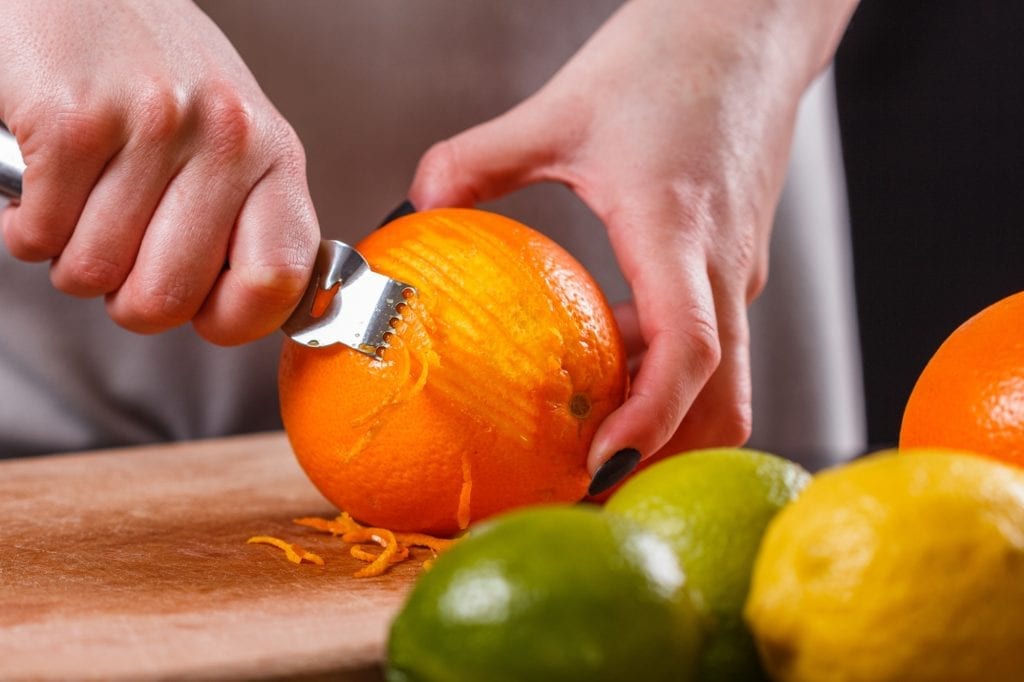
Don’t know how to zest an orange for a dish you’re cooking up? Worry not! We have four easy hacks to help you master this simple yet incredibly useful kitchen skill. Before you know it, you’ll already be swimming in strips of citrusy orange zest. Use it to elevate all kinds of sweet baked goodies, and even savory dishes like the famed orange chicken. Continue reading to learn more about it!
What Is Orange Zest?
Basically, zest is the cutting from the rind of citrus fruits. Orange zest, in particular, is the colored part of the fruit’s peel. It’s different from an orange peel, as the latter pertains to the complete exterior of the fruit, including the bitter white part called pith.
Orange zest is packed with a distinctly vibrant citrus flavor and fragrance from the orange oil that it releases. A sprinkle of this ingredient can elevate a variety of dishes with a delightful zing and notes of brightness.
How much zest in one orange can you get? On average, you can get around one and a half to three tablespoons of zest and a third of a cup of orange juice from one medium-sized orange.
How to Zest an Orange
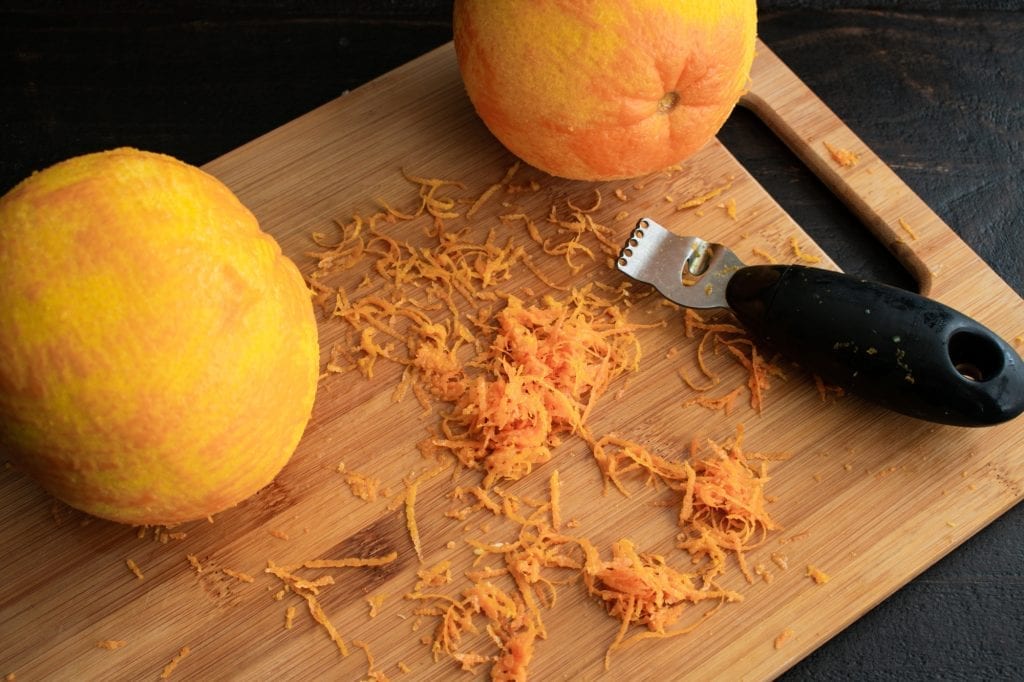
Zester: For Long and Sturdy Orange Zest Strips
There are several ways to extract zest from an orange. The standard way is to use a zester tool, aptly named after its function. This kitchen tool has five small, sharp holes used to scrape long strands of zest from a citrus fruit. Here are the steps you can follow to ensure that you correctly and efficiently zest your oranges:
- Clean the oranges – Before everything, thoroughly wash your oranges to remove dirt, debris, and chemicals possibly present on the fruit’s skin. To do this, simply rinse the fruits under running water, and gently scrub them to remove any unwanted particles. Afterward, pat the oranges dry with a clean kitchen towel.
- Position the zester – Hold the fruit with one hand so that one pole of the orange points to the ground. Next, position your citrus zester tool on the topmost part of the fruit.
- Zest the oranges – With a bit of pressure, push the part of the zester with holes into the orange’s skin and gently move the tool downward to release each strip of orange zest.
Microplane: For Long and Fine Shavings

Compared to the citrus zester that cuts long strips of orange zest, the Microplane has lots of tiny holes that make fine pieces. This is most ideal for garnishing, but you can also use it for cooking.
- Position the zester – Using your non-dominant hand, hold the handle of the tool. If you plan to zest the entire orange, let the Microplane slant so that its other end rests on the table or countertop. Otherwise, if you’re only garnishing with the zest, hold the Microplane over the food you are garnishing at an angle.
- Hold the fruit in place – Hold the orange with your dominant hand and position it near the handle.
- Drag orange down the Microplane – Do this with just the right amount of pressure. Slightly turn the orange, so that you don’t repeatedly zest the same spot. Also, do not press on the fruit too hard or you might scrape off the pith.
Box Grater: For Shredded Orange Zest in a Pinch

A box grater is very much similar to a Microplane, but its holes tend to be a bit larger than the latter. Because of this, you’ll yield slightly larger particles of orange zest with this tool. This is the quickest method to yield the most zest in a short amount of time, which is ideal especially if you need a lot for a recipe. Box graters tend to have holes of different sizes on each side, so choose the side with the smallest ones.
- Hold the tool in place – For grating orange zest, hold in place the box grater on a flat surface using your non-dominant hand.
- Drag orange from the top – With your dominant hand, position the orange close to the handle and drag it down the grater with light pressure. While doing so, slowly rotate the fruit.
Peeler or Paring Knife: For Thick Zest Strips in a Jiffy
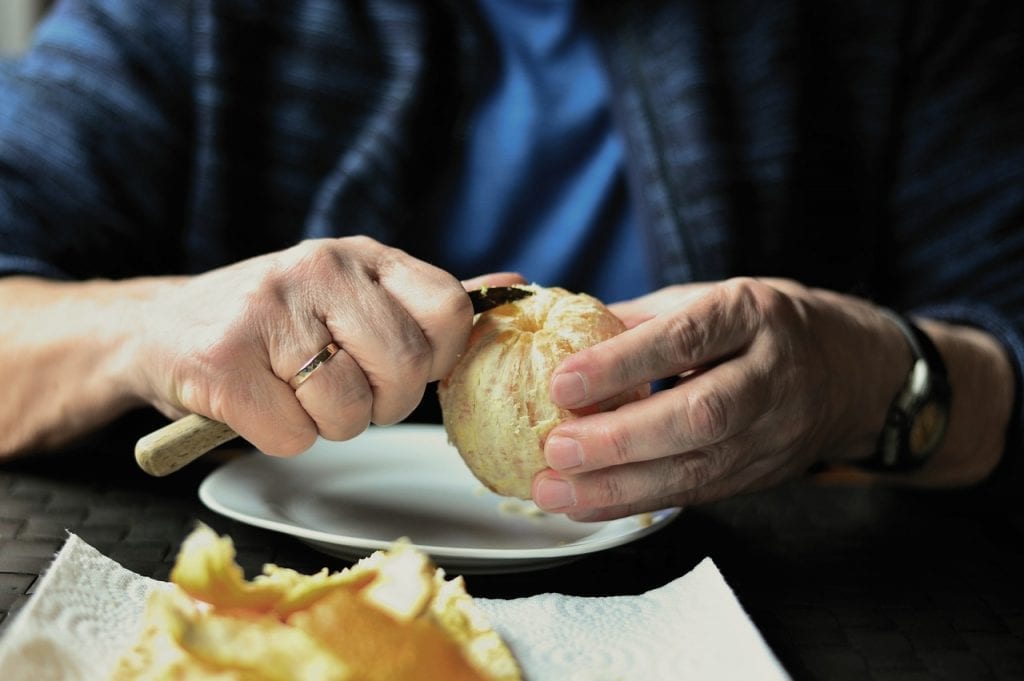
With a bit of elbow grease, you’d be able to zest an orange using only a fruit peeler and a paring knife.
- Peel the orange – Using your orange peeler or knife, carefully remove the colored part of your fruit.
- Mince the zest – Then, use your knife to chop the orange zest into finer pieces.
Tips in Zesting Oranges
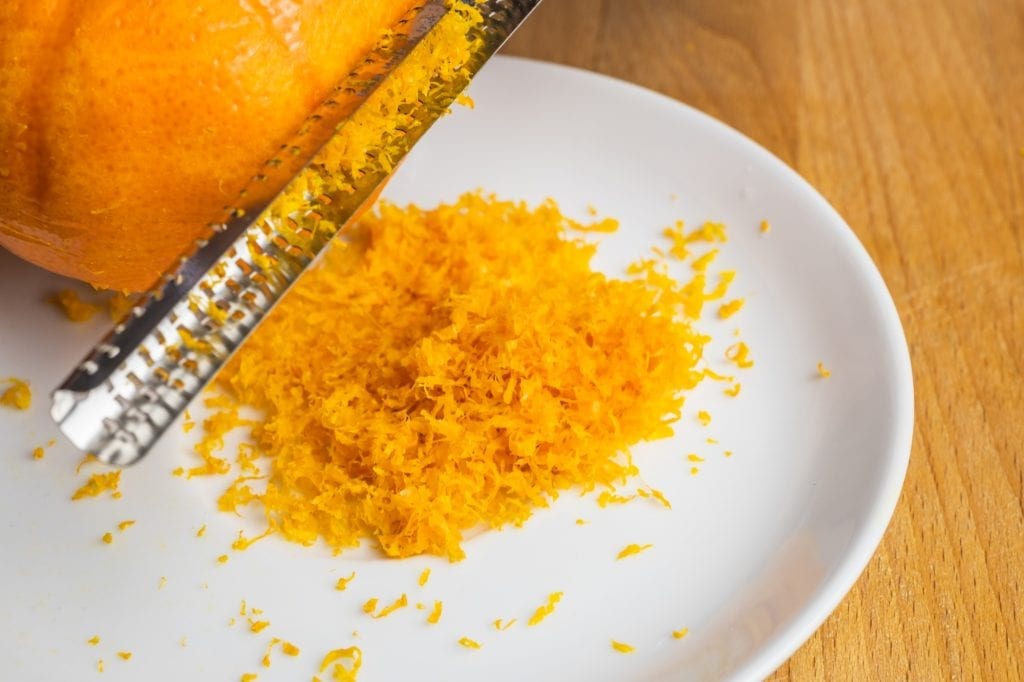
Zest the Oranges Before Extracting the Juice
It’s easier to extract the zest from whole oranges compared to ones that have already been juiced. Scrape off the colored part of the orange peel first for a more efficient workflow.
Avoid the Bitter White Pith
To zest an orange, avoid the bitter white pith from the orange rind as it would ruin the taste and quality of your ingredient. Do so by not pressing too hard on the fruit while zesting it, and make sure not to scrape the same part of the fruit more times than one.
Keep Your Fingers Safe
Be careful when working with the tools you’ll be using as each one of them has sharp parts that could cut through your skin. Keep your fingers out of the way when working with sharp kitchen objects such as these to avoid any accidents.
Recipes to Make With Orange Zest
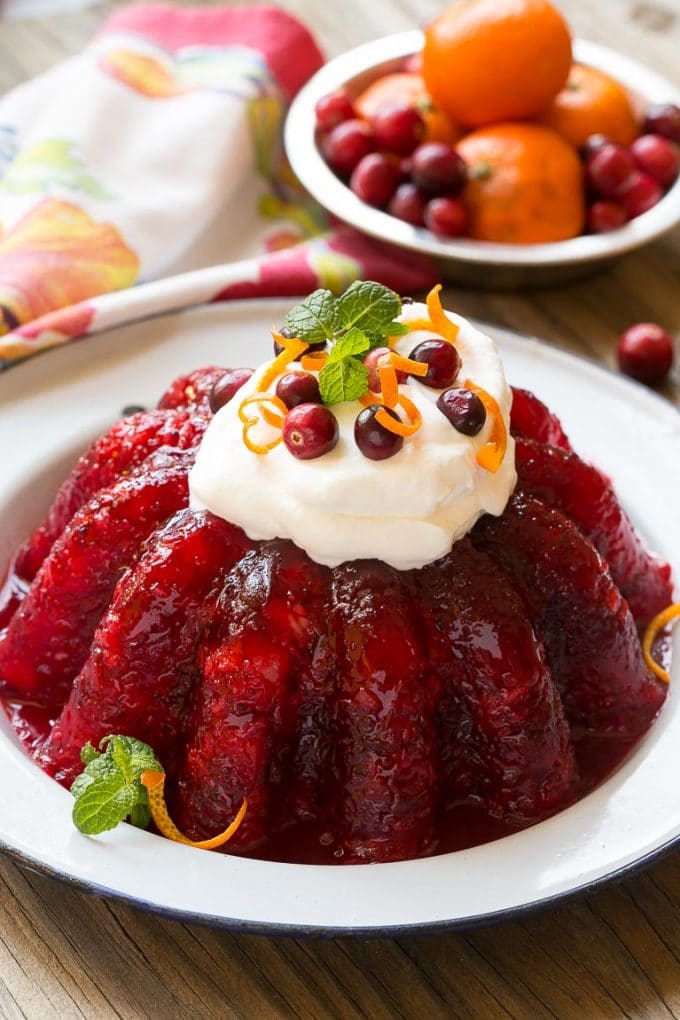
You can do a lot with this ingredient. Its bright, citrus taste complements a wide range of flavors, anywhere from sweet treats to hearty dishes. Take inspiration from some of these recipes that we love:
- Cranberry Jello Salad – Mix this tart dessert made with raspberry gelatin and cranberry sauce with orange zest and pineapples. Before serving, garnish it with whipped cream, cranberries, mint sprigs, and zest for a pop of color.
- Cranberry Orange Monkey Bread– The citrus flavor of zest works great with baked goods. Use the zest to add brightness to the bread, with sugar and dried cranberries for a delightfully tart orange monkey bread shaped like a pound cake.
- Cranberry Orange Granola – Combine orange zest with sugar and stir together with rolled oats, pecans, and other flavorings for a fun, citrusy take on your regular granola breakfast.
- Citrus Glazed Salmon With Pecan-Citrus Rice – Aside from sweets, zest adds great flavor to savory dishes, too. You can make a sauce with the zest for a hint of acidity to complement the fishy taste of salmon.
- Orange Chicken Burrito – Combine orange zest with rice wine and other seasonings to flavor and add zing to your ground chicken burrito.
- Iced Spearmint Tea With Strawberry Nectar – Zest also makes for great citrusy drinks. This spearmint tea is flavored with strawberry puree and sweet citrusy syrup made of orange zest.
Orange Zest Substitute

Orange zest’s unique flavor can be hard to match, but it isn’t entirely impossible. If you want to try recipes that use this ingredient but don’t have any oranges, the best substitute for it is lemon zest. Another good option is lime zest. The taste won’t be exactly the same, but these should bring a uniquely vibrant, citrus flavor to the dish. If extra liquid won’t affect the texture or quality of your dish, you can also use orange juice instead.
How to Store Orange Zest
It’s always best to use fresh citrus zest. However, if you need to store it, we highly recommend keeping the zest in a sealed container or bag. Then, you can either choose to place the bag or container in the refrigerator, which would keep your zest good for about a week, or store it in the freezer for up to a month.
Was this page helpful?
Read Next: How To Use a Piping Bag (Step-by-Step Guide)

